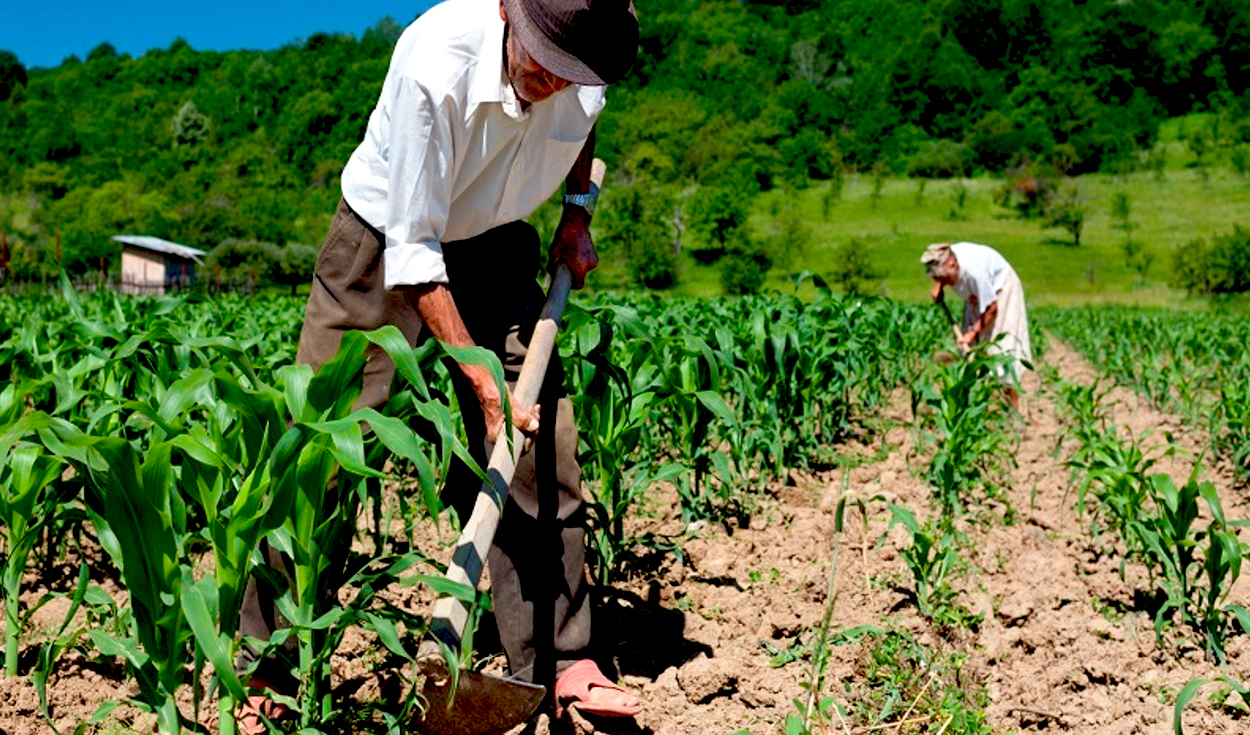
The agriculture 4.0 will have a major impact on the global market, according to the National Center for Strategic Planning (Ceplan). It is estimated that by the year 2030 there will be approximately 35.9 billion agricultural robots worldwide.an increase of almost six times compared to what was reported in 2020.
Furthermore, with the expansion of the use of the Internet of Things (IoT) in agriculture, forestry and fisheries, the market value is expected to rise from US$2 billion to US$8.9 billion; according to Ceplan’s National Prospect Observatory based on Statista estimates.
What is agriculture 4.0?
Agriculture 4.0 is based on the use of digital technologies such as precision agriculture, IoT and the analysis of large volumes of data to optimize production chains, achieving notable improvements in the efficiency, sustainability and profitability of crops.
On a global scale, the projections reveal a remarkable growth of the smart agriculture market. In that sense, it is expected to triple in the coming years, from US$12.4 billion in 2020 to US$34.1 billion in 2026. These figures take on new meaning in light of World Bank estimates, which predict a world population of 9.7 billion people by the year 2050, which, according to the World Resource Institute, will generate food demand that will be 60% higher in comparison with the current one.
In this way the agriculture 4.0 emerges as the innovative solution to increase agricultural productivity, especially in developing countries, where the technological and social gap is more pronounced. Mobile technologies, robotics, IoT, drones and real-time data processing converge with biotechnology to increase agricultural productivity, providing small producers with opportunities to integrate into 4.0 agri-food systems.
How will it transform food production?
According to ECLAC, for the use of digital technologies in agriculture and rural areas to become a reality in Latin America, an infrastructure is required that allows connectivity, access to devices and technologies at affordable costsand greater digital literacy.
In addition, the implementation of information platforms and digital work networks with devices and machinery that allow us to make way for agriculture 4.0, with open innovation that transcends borders, is required.
In the Peruvian context, the adoption of the agriculture 4.0 It presents itself as a challenge and an opportunity. The integration of artificial intelligence (AI), automatic learning (machine learning) and robotics in the monitoring, pest control and automation of agricultural tasks brings significant improvements; however, it also traces a path towards greater competitiveness, a diversified expansion of the exportable supply and the generation of quality jobs in the field of the Peruvian agricultural sector.
In this way, agriculture 4.0 promises to revolutionize the way in which food is produced and distributed in the world, with a profound impact on people’s productivity, sustainability and quality of life. The convergence of technology and agriculture opens a window of opportunity to address the food challenges of the future and establish a more efficient and equitable agricultural system.
Source: Larepublica
Alia is a professional author and journalist, working at 247 news agency. She writes on various topics from economy news to general interest pieces, providing readers with relevant and informative content. With years of experience, she brings a unique perspective and in-depth analysis to her work.












